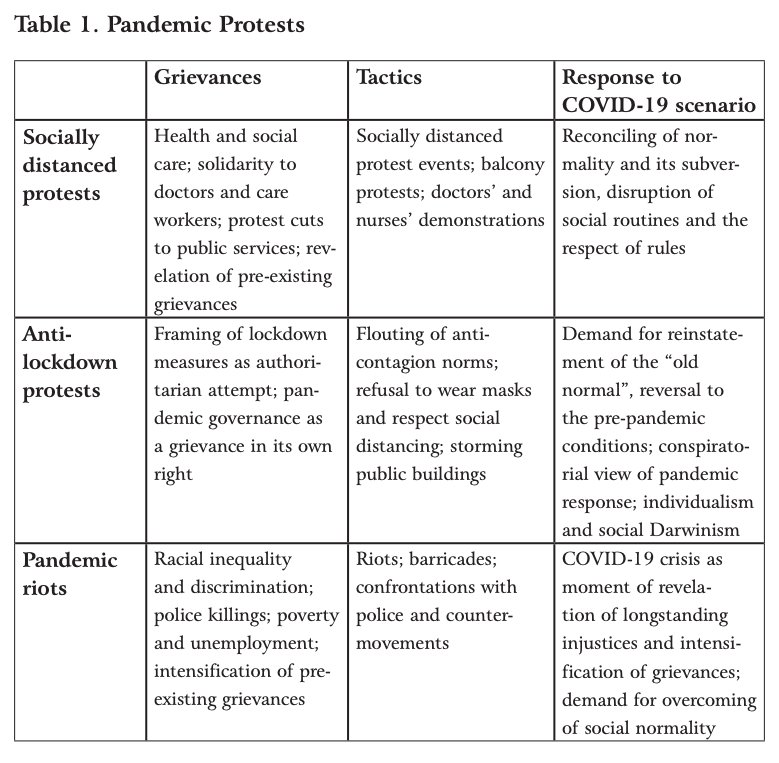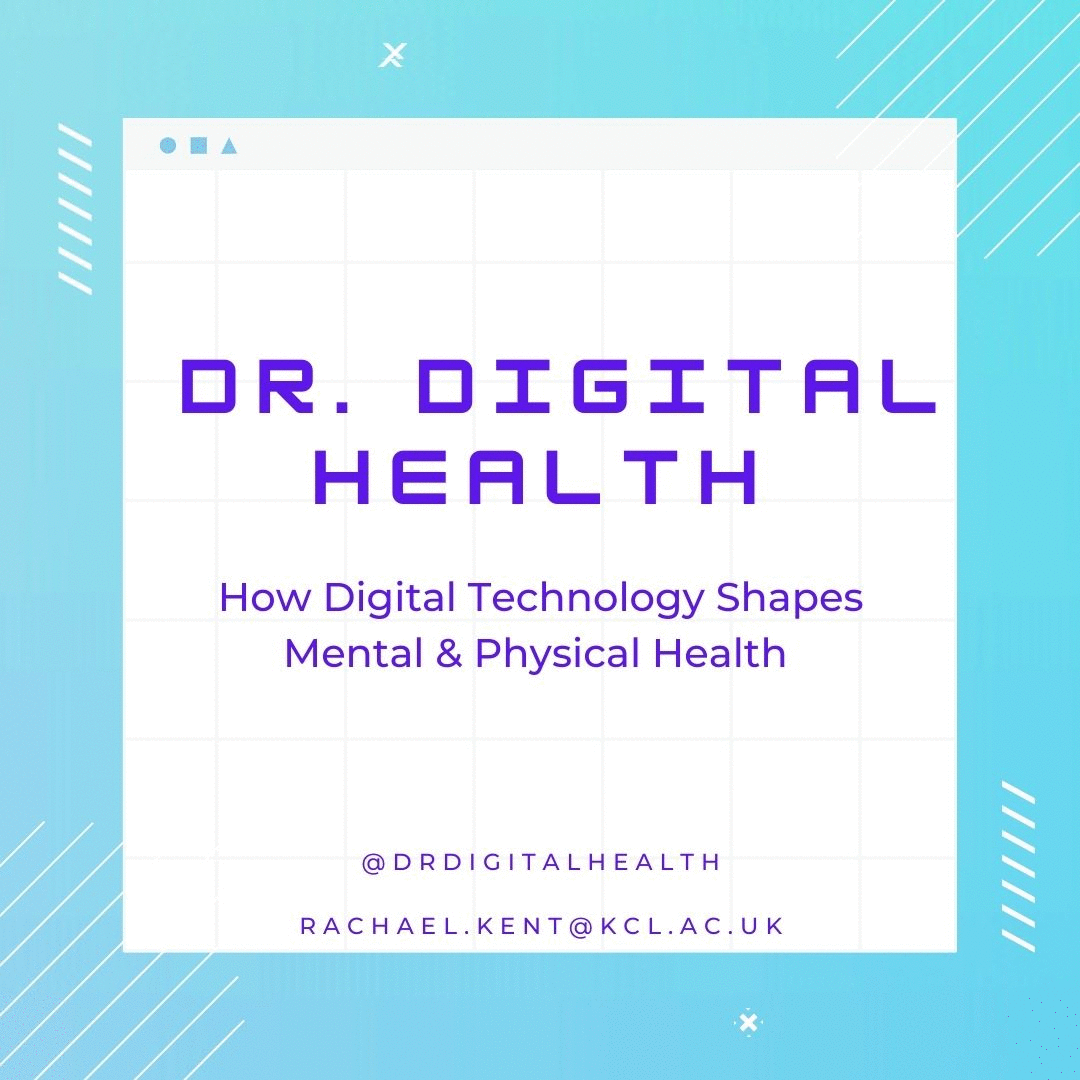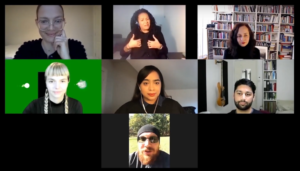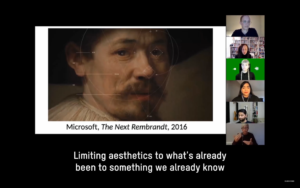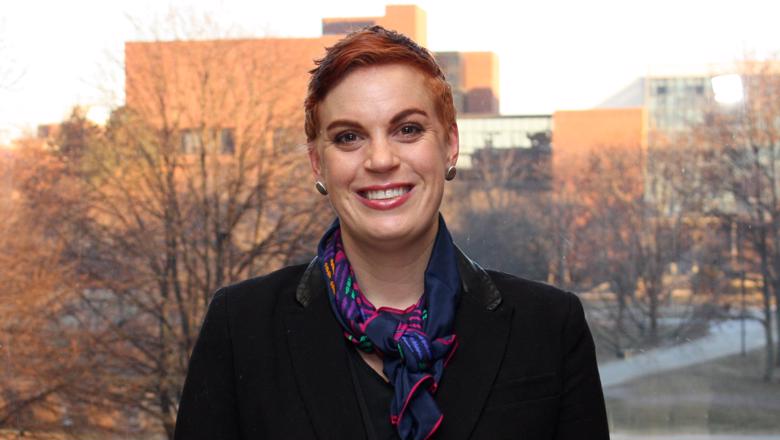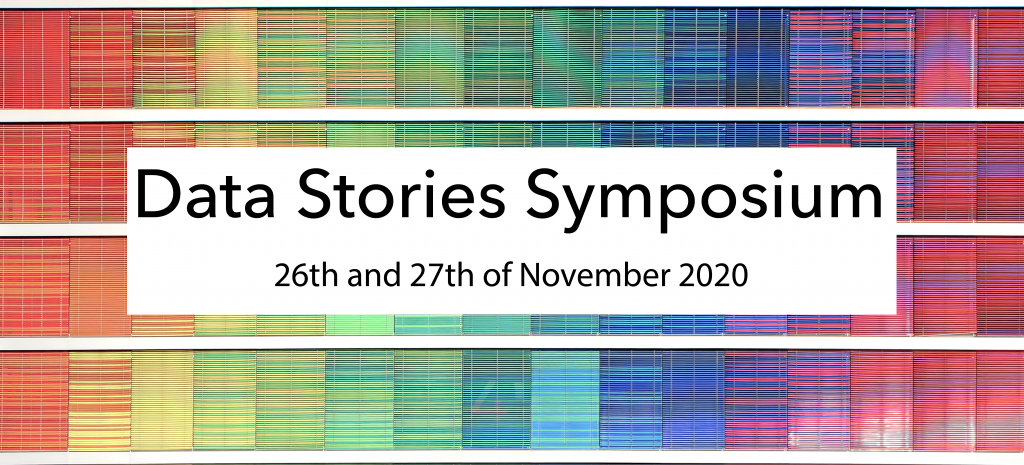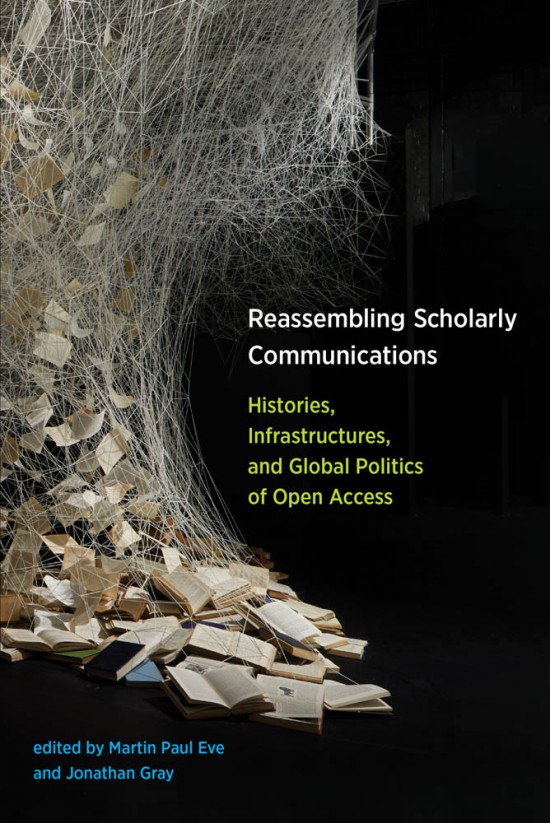Department of Digital Humanities researchers Jennifer Pybus and Mark Coté will present new work from their recent AHRC-funded cross-disciplinary project on the technical objects of datafication within mobile devices.
Their online talk – “Did you give permission? Datafication in the Mobile Ecosystem” – will take place on the afternoon of 1st December 2020 and is hosted by the médialab, Sciences Po in Paris in partnership with the Centre Internet et Société (CIS).
You can find full details and register here. The abstract is as follows:
“We will present our recent AHRC-funded cross-disciplinary research on the technical objects of datafication within mobile devices. Our talk will be in two parts.
First, we will outline the philosophical foundations of the finely-granulated perspective that frames our research. We will discuss how our method which has been informed by the ancient atomists Epicurus and Lucretius and the re-articulation by Deleuze and Simondon of this model, in which all is ‘atoms, void, and clinamen. While this conceptual paradigm is often applied to control theory or cybernetics, we contend it offers more relevant insights when applied to contemporary datafication.
Second, we will present our cross-disciplinary method, which enables non-expert engagement with the technical dimensions of mobile apps. We contend that the mobile is enabling a more mature phase of datafication, which necessitates examining the relationality between mobile permissions and embedded, third party services known as SDKs (software development kits). We created an interactive platform enabling humanities and social science researchers to access the data permissions and SDKs of more than 7,000 apps, and to analyse the increasingly dominant role of Google and Facebook. We see this cross-disciplinary focus provides a more rigorous material grounding for a critical analysis of the socio-cultural and political economic effects of mobile actors expanding and extending personal data economies.”
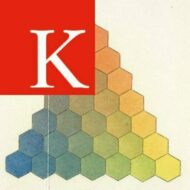
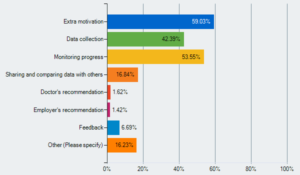

 To do that, she studies the relation between data and infrastructure in a processual way in the urban context and argues that they are co-generated in a dyadic way. Subsequently, through this relationship, Tavmen explores how Citymapper app modulates the urban infrastructure through its data power while also transforming its users into environmental sensing nodes.
To do that, she studies the relation between data and infrastructure in a processual way in the urban context and argues that they are co-generated in a dyadic way. Subsequently, through this relationship, Tavmen explores how Citymapper app modulates the urban infrastructure through its data power while also transforming its users into environmental sensing nodes.